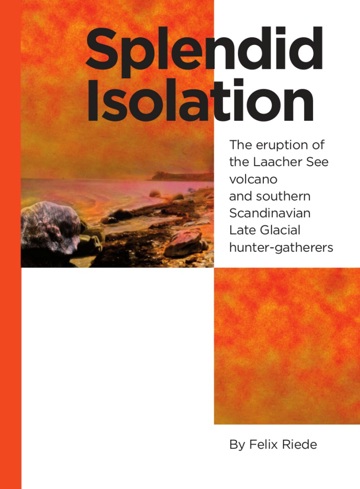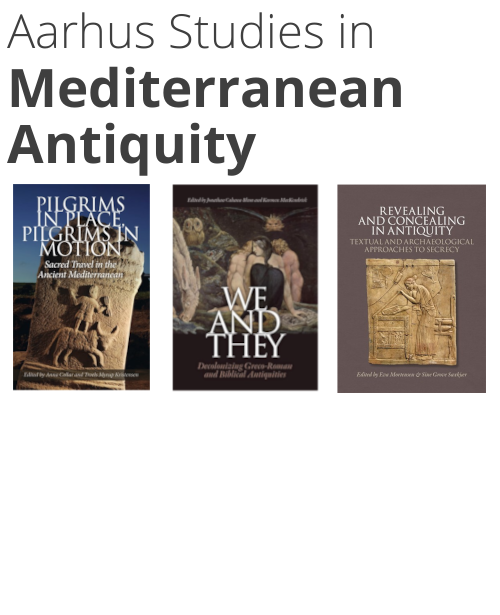
Splendid Isolation
The eruption of the Laacher See volcano and southern Scandinavian Late Glacial hunter-gatherers
A part of the subject area Natural science
More about the book
About the book
The year is 12,800 BP. Europe is entirely occupied by people of the so-called Upper Magdalenian culture. Well, not entirely ... one small region, southern Scandinavia, differs markedly from its neighbours.
These lines open the first book-length treatment of the cultural evolution of late ice age forager societies at the northern edge of Europe. Splendid Isolation summarises more than ten years of research that connects the cataclysmic eruption of the Laacher See volcano in present-day western Germany with contemporary cultural changes. It also offers an in-depth treatment of the eruption's impact on plants, animals and people as well as its cultural-historical consequences. Invoking the term 'splendid isolation', the author argues that despite the eruption's evidently detrimental ecological impacts, it led to a regional cultural effervescence in the form of the Bromme culture. By charting this past calamity, the book also shows how the study of ancient disasters can be made useful in today's debates of resilience, vulnerability and apocalypse.
For purchases outside of Denmark:
If you are located in the USA or Canada, please contact our US distributor, Longleaf Services, at orders@longleafservices.org or +1 919-503-6590.
For purchases in all other countries, you can find the title through our global distributor, The Mare Nostrum Group, here: https://mngbookshop.co.uk
Table of contents
Splendid Isolation
Vulnerability, events and cultural evolution
Explosive volcanism and the Laacher See eruption
Before the eruption - the Federmessergruppen
The progression of vulnerability and the impact of the Laacher See eruption
After the eruption - the Bromme culture
Natural hazards and traditional societies past and present




